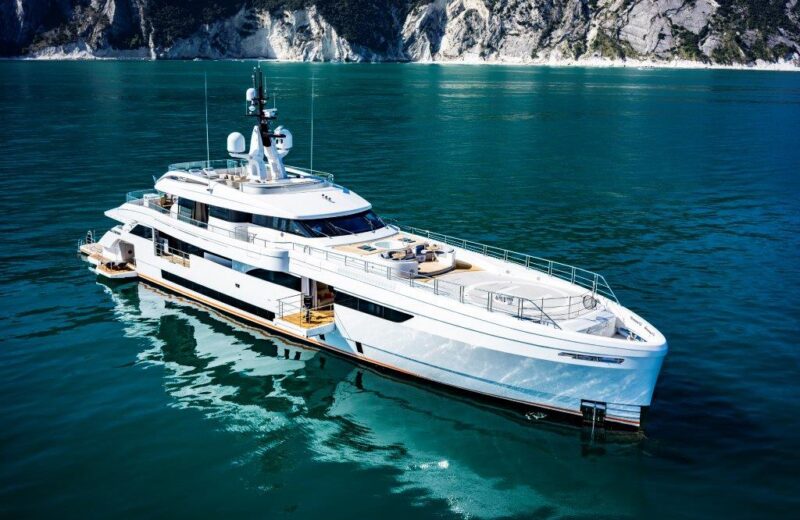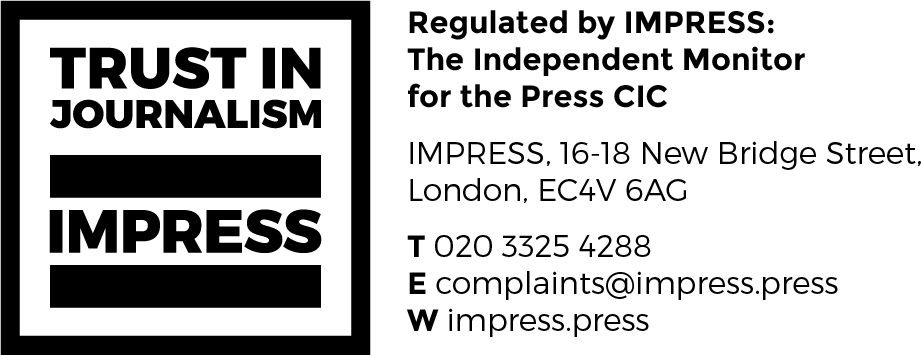Nidec fits electric power plant to the superyacht Wider 165

Electric performance: Wider 165 can cruise for more than four hours at five knots without producing emissions of gas in the air or other substances in the water.
Japanese electric motor manufacturer Nidec has installed a new power-management system on the superyacht Wider 165, which is claimed to optimise the vessel’s use of power; distributing it between staterooms, the propulsive system and elsewhere, while recharging the vessel’s batteries.
“Thanks to the advanced solutions installed by Nidec ASI, the Wider 165 is able to navigate in an eco-friendly manner, using power stored in its on-board batteries, reducing the consumption of fuel and emissions and making it possible to use all the on-board systems without needing to start the engines,” said the company.
Nidec fitted a 544 kWh battery pack, a human/machine interface and a remote control, a common DC bus architecture, inverters for generators of current (four x 350kW), inverters for main propulsion (two x 531kW), inverters and transformers for board grid 230V & 400V/Harbour grid, and water-cooled drive modules.
The power-management system works in four modes: fast charger, zero emission mode (ZEM), boost and low power. (Read more details below).
Works in four modes
The yacht can cruise in ZEM for more than four hours at five knots without producing any emissions of gas in the air or other substances in the water, “guaranteeing safe, sustainable navigation”. Thanks to the electric propulsion, the yacht can enter protected areas that would otherwise be impossible to reach in a vessel using traditional propulsion that would generate emissions harmful to marine flora and fauna, said the company.
The project confirms Nidec’s commitment to supporting green innovation, according to Dominique Llonch, CEO of Nidec ASI and Chairman of Nidec Industrial Solutions. “Wider 165 and its twin Wider 150 are a great source of pride for me, because they illustrate the adaptability of our solutions, which have applications not only for ships and ferries, but also for vessels with unique technical needs and assemblies,” he said.
‘Cut emissions to a minimum’
Nidec gained significant experience in designing electric power management systems thanks to its overhaul of the Italian Navy’s school ship Amerigo Vespucci. Such systems “cut emissions to a minimum and lower the impact on the marine ecosystem”, Llonch added.
The power-management system is said to “chart the course for the 100% electrical navigation of the future”. While the first all-electric ferry – Ampere – was commissioned by Norway in May 2015, the development of truly transoceanic electrically-powered vessels is still some way off.
Meanwhile, innovation in the design of marine electrical-propulsion systems was the focus of last month’s Monaco Solar & Energy Boat Challenge. The competition is making a key contribution to the future of yacht design, according to one of its organisers the Yacht Club de Monaco.
Wider 165 power management modes
• Fast charger: Recharges the batteries quickly by means of the on-board generators developed to ensure, at the same time, sufficient power to maintain electrical propulsion at cruising speed
• Zero emission: Enables the yacht to operate exclusively on battery power, or to rest at anchor in total silence with the diesel generators off, ensuring power to all the utilities on board for prolonged period such as, for example, during the night, or at anchor in the harbour
• Boost: Maximises performance by using both sources of power on board, i.e. the power provided by the diesel generators plus the batteries
• Low power: In case of malfunction of the electric propulsion system; this can be controlled by two electrical motors with separate double winding, each driven by an independent inverter. In case of breakdown of one of the windings or one of the inverters associated with it, the propulsion motor can function equally at half power, thanks to the intrinsic redundancy of the system.

